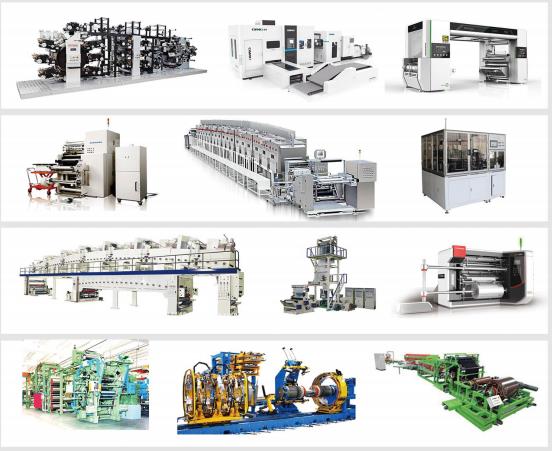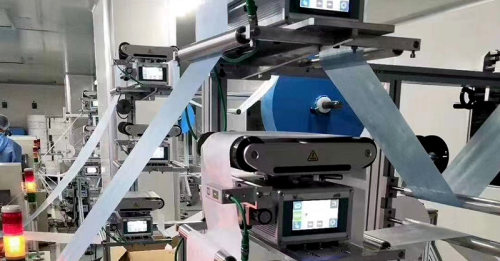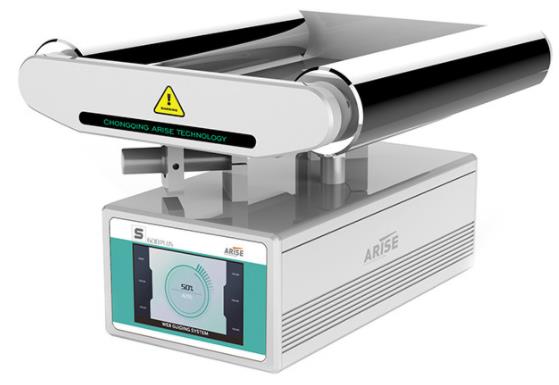In manufacturing operations across various industries, web guide systems play a crucial role in ensuring precise alignment and material control. However, when it comes to selecting and implementing online directing systems, different types of materials require specific considerations. This article explores the applications and key factors to consider for web guiding systems in connection to various material types.

Web Guide Systems for Paper and Printing Materials
In the paper and printing industries, web guide systems are extensively used to maintain proper alignment and tension of paper and other printing materials. These systems are vital in achieving accurate registration, reducing waste, and enhancing overall print quality. When selecting web guide equipment for this application, factors such as the sensitivity of paper to tension fluctuations, web width, and the need for high-speed and precise registration control should be taken into account. Additionally, the web guide control system should be capable of accommodating different paper grades and sizes, as well as variations in coatings or finishes that may affect the surface characteristics of the material.
Web Guide Systems for Films and Flexible Packaging Materials
Web guide systems are critical in the flexible packaging industry to ensure proper film alignment during printing, laminating, and slitting operations. Films used in flexible packaging can vary in thickness, elasticity, and surface properties, posing unique challenges for web guiding. Elasticity, which affects the gripping and guiding mechanisms of the web guiding system, is particularly important in this application. Moreover, the system should maintain precise tension management to prevent film stretching or wrinkling during the guiding process.
Web Guide Systems for Nonwoven Materials
In nonwoven production, Web guide control systems are employed to align and manage materials such as spunbond, meltblown, and composite nonwovens. Nonwoven fabrics are often delicate and require sensitive handling and precise control to avoid damage or misalignment. Considerations for web guiding systems in this application include the delicate nature of nonwoven materials, the need to minimize contact to avoid distortion, and the ability to handle varying material widths and thicknesses.

Web Guide Systems for Metal Foils and Sheet Materials
Web guiding systems are used in sectors like metal processing and packaging to guide and control metal foils and sheet materials during manufacturing processes. Metal foils can be rigid, necessitating robust guiding mechanisms for proper alignment. In this application, web guide control systems must consider the stiffness and surface properties of metal foils, which may require specific guiding mechanisms and robust control systems. The system should provide precise tension management and be capable of handling variable material thicknesses and widths.
Web Guide Systems for Textiles and Fabrics
In textile manufacturing, web edge guide systems are employed to align and manage fabrics during weaving, printing, and finishing activities. Fabrics can vary in thickness, flexibility, and weave patterns, requiring adaptable guiding devices and accurate tension control. Web guide systems for textiles should incorporate flexible guiding parts to accommodate different fabric widths and patterns. Precise tension control is crucial to ensure proper alignment and prevent fabric distortion throughout the guiding process.
Web Guide Systems for Composite Materials
Web guide systems are utilized to maintain proper alignment during the layup operations involved in fabricating composite materials such as carbon fiber sheets or fiberglass laminates. Composite materials often require careful handling and precise alignment to maintain structural integrity. Special considerations for web guiding machines in this application include regulated tension, gentle handling, and low distortion during guiding. The system should deliver precise and customizable guidance to handle variable material widths and ensure proper alignment during the layup process.

Web Guide Systems for Adhesive Tapes and Labeling Materials
Web guide control systems are necessary in the production of adhesive tapes and labels to ensure perfect alignment and tension control. Accurate registration and consistent alignment are crucial for ensuring the quality and reliability of adhesive products. In this application, web guiding equipment must offer precise registration, minimize waste, and provide reliable edge detection for consistent guiding of narrow webs. The system should be capable of delivering precise guidance to handle varying web widths and maintain exact alignment throughout the manufacturing process.
Web Guide Systems for Foam and Foam-based Materials
In the foam material manufacturing industry, web guiding systems are employed to ensure perfect alignment and tension control during cutting, slitting, and laminating operations. Foam materials can be compressible, requiring specialized guiding systems capable of delicate handling. Compressibility and flexibility are important considerations for web alignment systems in this application. The system should provide precise and gentle web guiding to prevent material distortion or damage during the process.
Summary
Web guide systems are indispensable in industries dealing with various material types. Understanding the applications and unique considerations for each material type is crucial in selecting the appropriate web guiding machine. Carefully considering factors such as material properties, web width, tension control needs, and alignment precision is essential for achieving optimal performance and productivity in material handling and manufacturing operations. By choosing the right web guiding system for a specific material, industries can enhance quality, productivity, and overall production performance.


